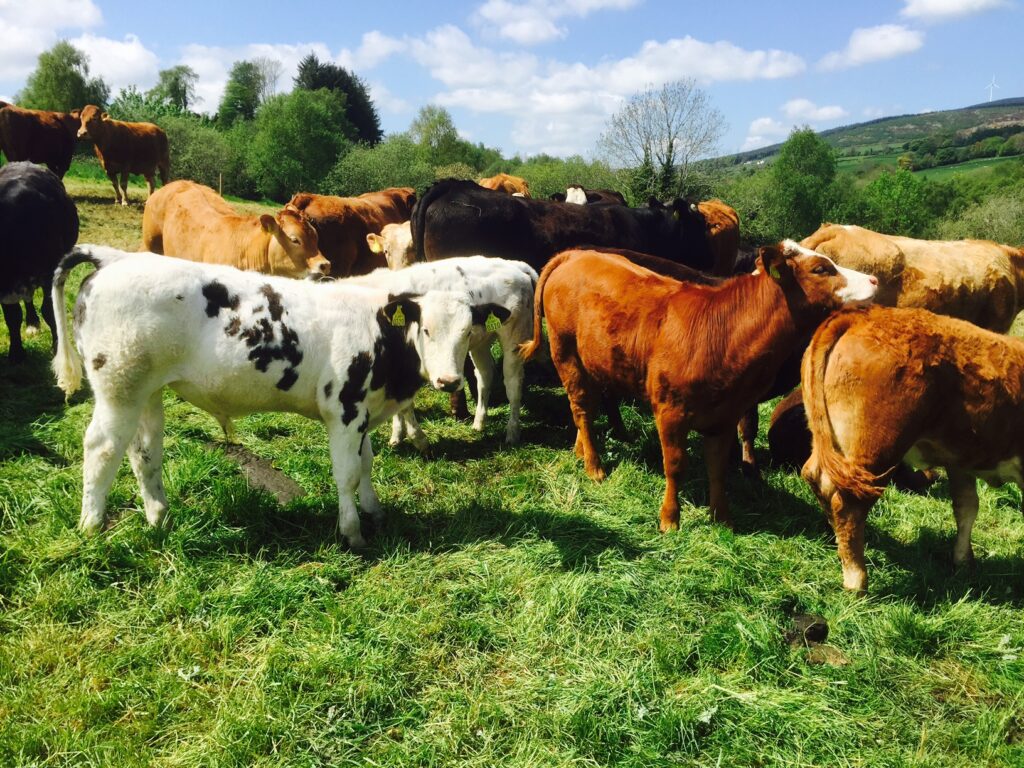The advancements made through using genetic selection when making breeding decisions have resulted in some positive results in the genetic gains made in cattle breeding in Ireland.
With some areas of improvement still required, new advancements to enhance genetic selection provide farmers with more useful guides to assist both sire selection and the selection of future replacement females for the herd.
In a breeding tool which was developed by the Irish Cattle Breeding Federation (ICBF), farmers are now able to examine breeding values for resistance to liver fluke freely available for AI bulls and genotyped animals.
The aim is that farmers can use the breeding values to identify how likely bulls are to produce offspring that will be susceptible to liver fluke infection.
Detailing this breeding tool in a recent Animal Health Ireland (AHI) report, Dr. Siobhán Ring, geneticist with ICBF, discussed how they have identified these family lines which are more resistant to liver fluke infection.
‘Animal health is under genetic control’
In the report, Siobhán mentioned how animal health can be managed under genetic control – in the same way that genetics influence milk production and weight gain.
Following research undertaken at Teagasc Moorepark by Dr. Alan Twomey, in conjunction with AHI and ICBF – data which was generated through the Beef HealthCheck programme revealed that certain family lines of cattle are more prone to liver fluke disease than others.
Siobhán stated:
“Carcass inspections of livers at slaughter revealed that 70% of the progeny for some bulls had liver fluke disease – while other bulls produced progeny, originating from the same herds, of which less than 10% were identified as having liver fluke disease.
“Whilst one cannot guarantee an animal will never be diagnosed with liver fluke disease, cattle with more favourable breeding values are less likely to become infected following exposure.”
Liver damage caused by infection
An interesting point within the study revealed that the number of animals diagnosed with liver damage due to liver fluke infection is, on average, 17% higher in cattle with the worst breeding values for liver fluke resistance – in comparison to cattle with the best breeding values.
Siobhán highlighted that cattle with more favourable (i.e., lower) breeding values for liver fluke are less likely to be diagnosed with liver fluke disease, and experience a reduction in performance (e.g. daily live weight gain) – which may add time onto the slaughter date.
In terms of profitability for the farmer, this breeding value has the potential to aid efficiency while also contributing to the sustainability of the sector – through a reduction in greenhouse gas (GHG) emissions.
‘Breeding decisions are permanent and cumulative’
Unlike management changes, the report stated that the benefit of breeding is that decisions made are permanent and cumulative over time. The breeding values for resistance to liver fluke are expressed as the predicted prevalence of liver fluke disease in that animal’s offspring.
Therefore as suggested, lower breeding values are more desirable. Providing an example for this case, Siobhán mentioned:
A bull with a breeding value of 25% for resistance to liver fluke is predicted to produce offspring where, on average, one quarter of his offspring will be diagnosed with liver fluke disease at slaughter.
“To achieve the most profitable herd that is more resistant to liver fluke, select cattle for breeding that have
the highest overall index (i.e., EBI, replacement index, or terminal index) and the lowest predicted prevalence for resistance to liver fluke.”
When farmers are using the breeding tool, the ICBF has colour-coded bulls based on their breeding value for resistance to liver fluke using a traffic-light system where green = best, orange = average, and red = worst.
This free tool can be accessed by visiting the ICBF’s website.


